The Psychology Behind Color in Fashion and How to Use it to Your Advantage
Source: FarolColor impacts our daily lives. It stands out as one of the first details people notice about clothing in everyday streetwear and on runways. In fashion, color can be associated with different moods, cultural meanings, and trends. The psychology of color affects how we perceive clothing’s comfort and style. Color is used in fashion to communicate a designer’s signature look, reflect current trends, and provide stylistic references for consumers. Valentino pink, Hermes orange, and Bottega Green resemble iconic brands and their designs. While fashion houses can’t technically claim colors, they are able to trademark their hue to draw consumers to their brand. Color can simply help individuals display or explore their personal style, dress according to the seasons, or select outfits for different occasions. Primary colors encourage a playful look, while jewel tones adorn cozy autumn outfits. You might wear a black, gray, and beige palette to the office, and vibrant blues, greens, and reds for a night out. The associations we make with color aid the way we choose to dress, as well as the styles we are drawn to.
Color holds different meanings depending on where you are from. We can understand fashion’s history through the way color has been communicated across different cultures and generations. While its impact on fashion has changed over time, color’s psychology impacts individuals in a constant and formative way. The study of color explores different ways its impact shapes the way we perceive fashion.
Source: Stefano ManziniThe psychology of color explores the profound impact that colors have on human thoughts, emotions, and behaviors. Different colors are associated with specific meanings and can elicit varied reactions. For example, warm colors like red and orange tend to stimulate feelings of energy, passion, and urgency, while cool colors such as blue and green are often associated with calmness, tranquility, and relaxation. Black often communicates formality and confidence, while white is associated with purity and freshness. Additionally, cultural and personal experiences can shape individual color preferences and interpretations. Color can also be incredibly personal depending on a person’s undertones or comfort. Whether you hope to give off the impression of confidence, or you hope to blend into the background, understanding the psychology of color can help to understand your own style choices while building your wardrobe.
Color can affect emotions, evoke sensations, and change the entire nature of clothing. The associations we make with colors affect the impression of clothing to the world. Colors can be associated with status, seasons, or stereotypes. The same color may hold a number of different meanings depending on its context and hue. It is easiest to understand color psychology by grouping colors into compound associations. Warm tones including orange, red, and yellow often illuminate feelings of excitement and energy while drawing attention. Cool tones, like. Blue, purple, and green evoke serenity, effortlessness, and relaxation. Neutral colors like black, white, brown, and grey are usually associated with authority, elegance, and security.
Source: Ron LachDifferent eras of fashion history can be highlighted through color. Throughout history, color has been used to distinguish social class. Purple was often worn by members of royalty, and indigo has often represented the working class. While society has progressed and changed, colors continue to represent their history, and they continue to make a statement depending on who is wearing it. Colors have also historically been divided by gender, as some hues associate more with femininity and others with masculinity. Color stereotypes became the standard, while neutrals remained fluid. Vivid color developed out of the age of consumerism, as synthetic dyes grew in accessibility and fashion started to become mass-produced. While bright colors grabbed the attention of shoppers, color trends developed into new must-have styles. Today, colors are available to every individual. Fashion has not only reshaped stereotypes but has breathed new life into color’s wearability.
Fashion trends often emerge as a result of color trends, as colors play a significant role in defining the overall aesthetic and mood of clothing. Color trends can be influenced by cultural shifts, artistic movements, technological advancements, and even global events. When certain colors grow in popularity in different mediums like art, design, or interior decor, fashion designers take notice and incorporate those colors into their collections. Color forecasting agencies and trend analysts also play a crucial role in identifying emerging color trends and pushing them into the world of fashion. Pantone selects a “color of the year” to define the year’s most trending shade. The color of the year is intended to show how culture and color coincide to generate creativity and drive consumer habits. While the color of the year has little direct influence on fashion, it is a great way to evaluate upcoming trends and uses colors inspired by real life.
Look at millennial pink for example. The baby pink shade blew up as the color of the year in 2016 and has since been used to define a generation. The color has traditionally been associated with infants along with other pastel hues, painted on walls of nurseries and seen on baby clothes and accessories. Pink has always been a color associated with femininity. Pink exerted a feeling of girliness and playfulness throughout history, famously associated with popular products of the time (think Barbie), helping to push the distinction between color stereotypes. However, millennial pink emerged as a color to highlight the gendered shade, emerging into fashion as a unisex color. Pink has become an important shade in fashion, now widely seen in men’s and women’s clothing. While it is highly marketable, pink has become a universal color in fashion, art, and architecture to communicate youthfulness and versatility across gender lines.
Brands beyond fashion have adopted the color into their marketing strategies as they turn toward younger audiences. Once a color trend takes hold, it can quickly spread across runways, fashion magazines, social media, and street style, influencing designers, retailers, and consumers. The adoption of specific colors in fashion can then lead to the creation of new silhouettes, patterns, and styles that best showcase those trending hues. As color trends evolve, fashion trends follow suit, creating a symbiotic relationship between color and fashion that shapes the ever-changing landscape of style.
Source: Pascal BrauerColor can be used to your advantage when developing your personal style. While today, all colors are widely accepted in a number of different contexts, it is important to know what you feel best in and how color can communicate to the world your persona. It is less important to follow color trends, and more important to create a cohesive collection of clothing that you are excited to wear. Using color to your advantage involves understanding the psychological and symbolic associations of different hues, leveraging them to enhance your personal style and make a statement. First, consider the occasion and the message you want to convey. For example, if you want to feel confident and sleek for a work event or an important night out, wear shades of red, black, or navy. On the other hand, if you hope to feel playful and energetic, opt for vibrant colors like yellow or coral.
Additionally, understanding your skin tone and undertones can guide your color choices and help you find shades that flatter and enhance your complexion. Experiment with color combinations and contrast to create visually appealing outfits. For example, pairing complementary colors like blue and orange or analogous colors like green and yellow can create a harmonious and balanced look. Play with different shades of colors, from vibrant hues to muted earth tones, or pastels. Finally, trust your intuition and personal taste when it comes to color. Fashion is a form of self-expression, and choosing colors that resonate with your personality and make you feel confident will ultimately make the most impact.
Take a look at our colorful picks below:
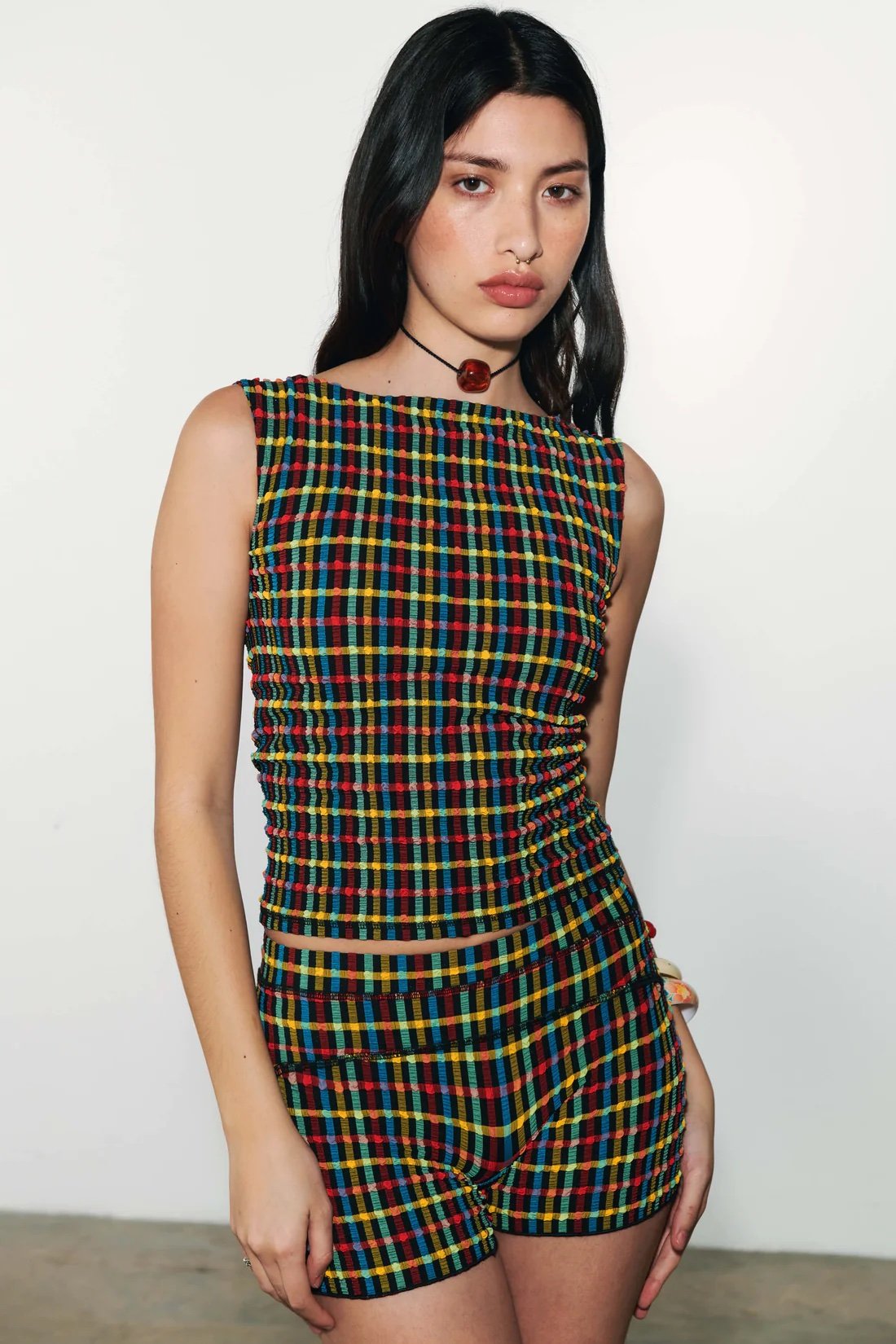
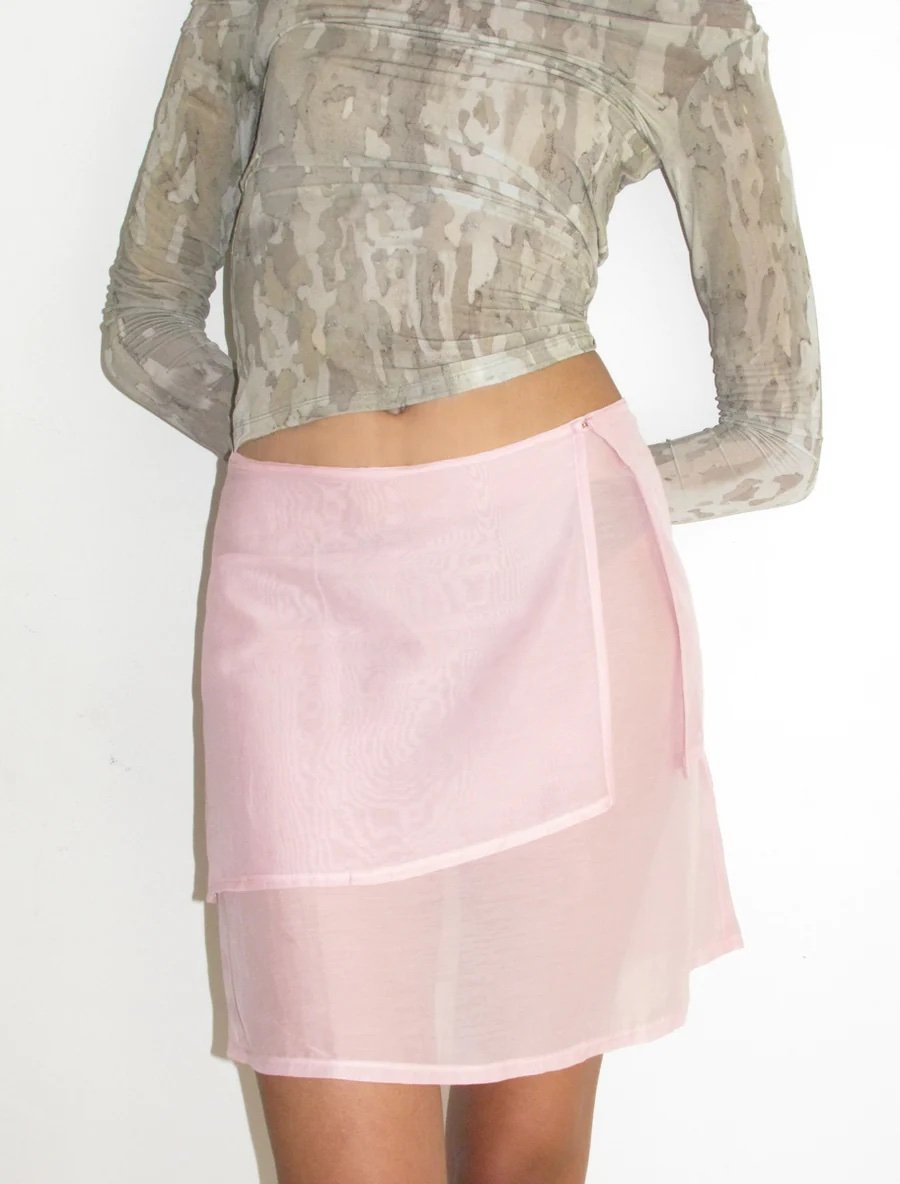
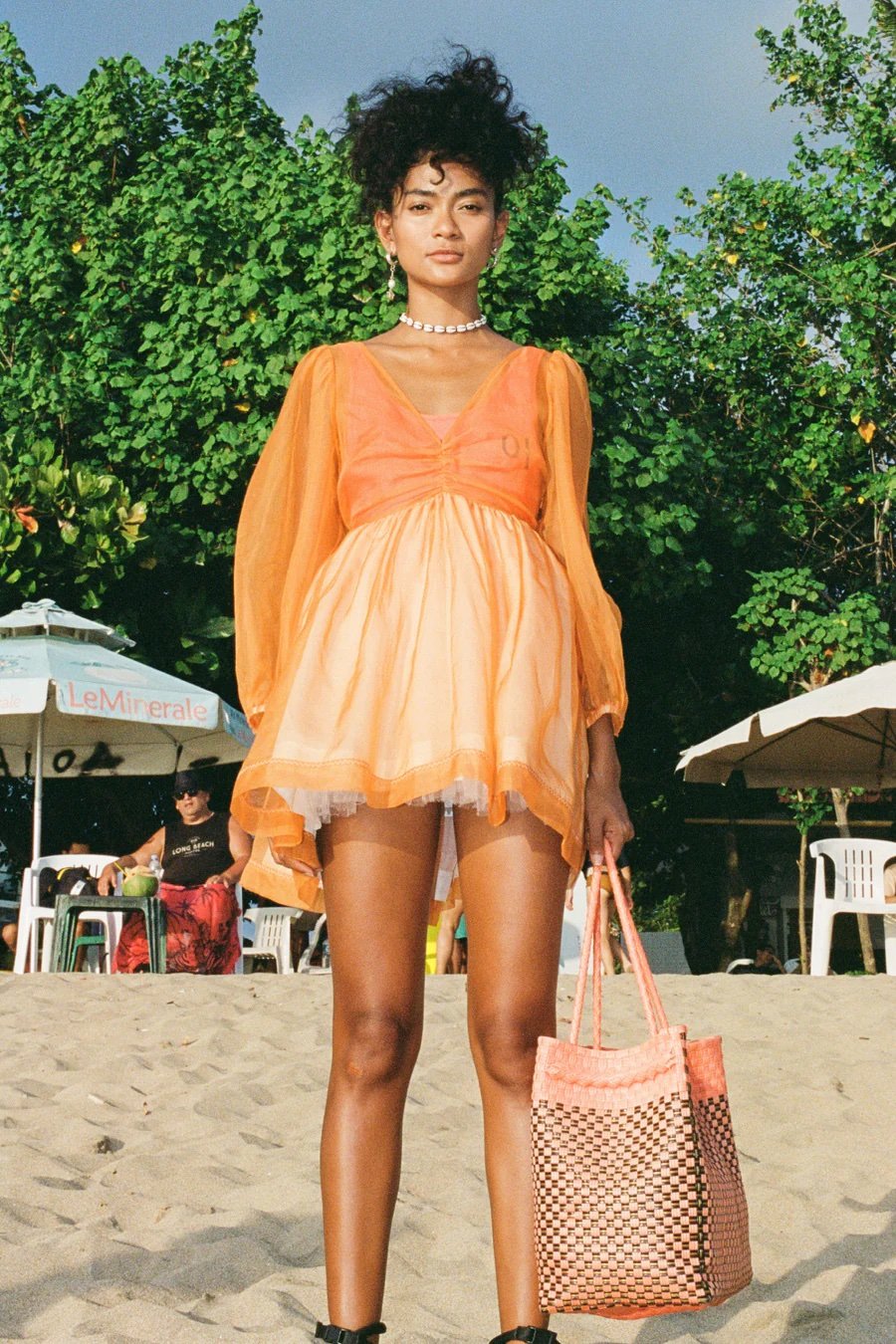

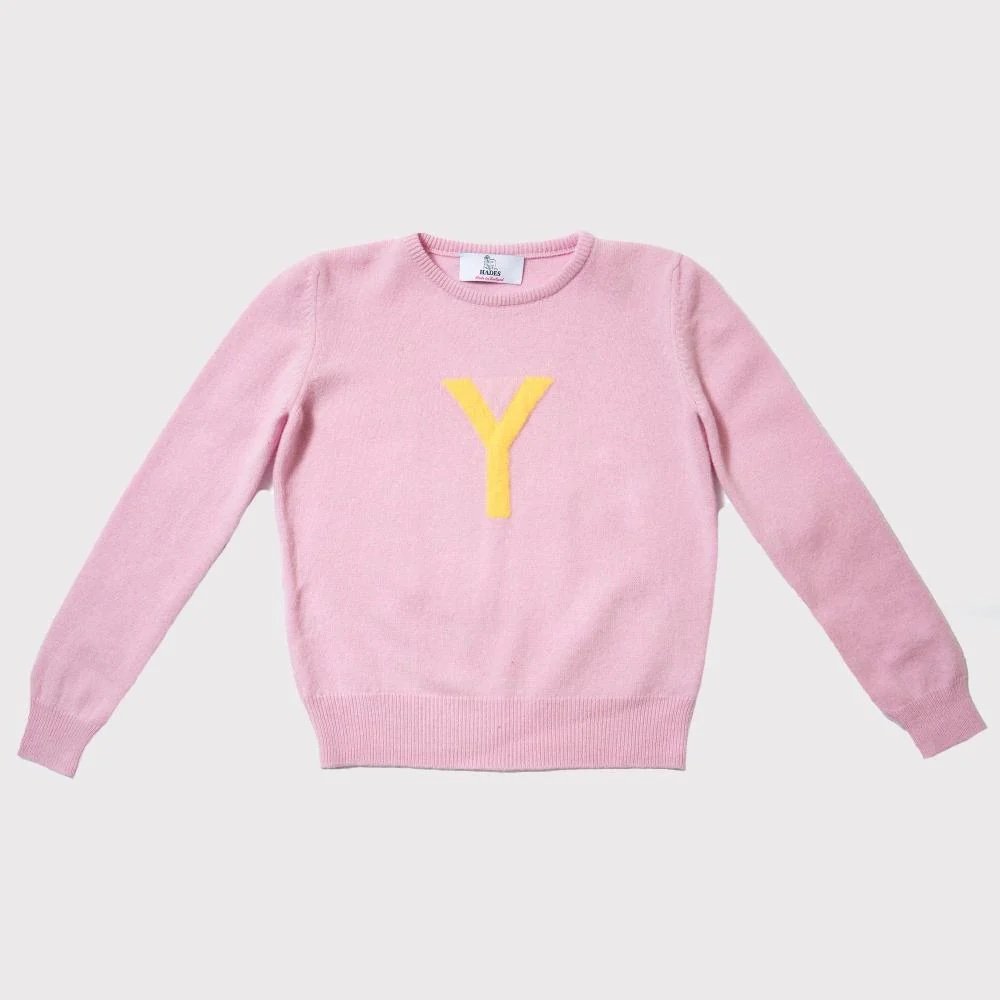
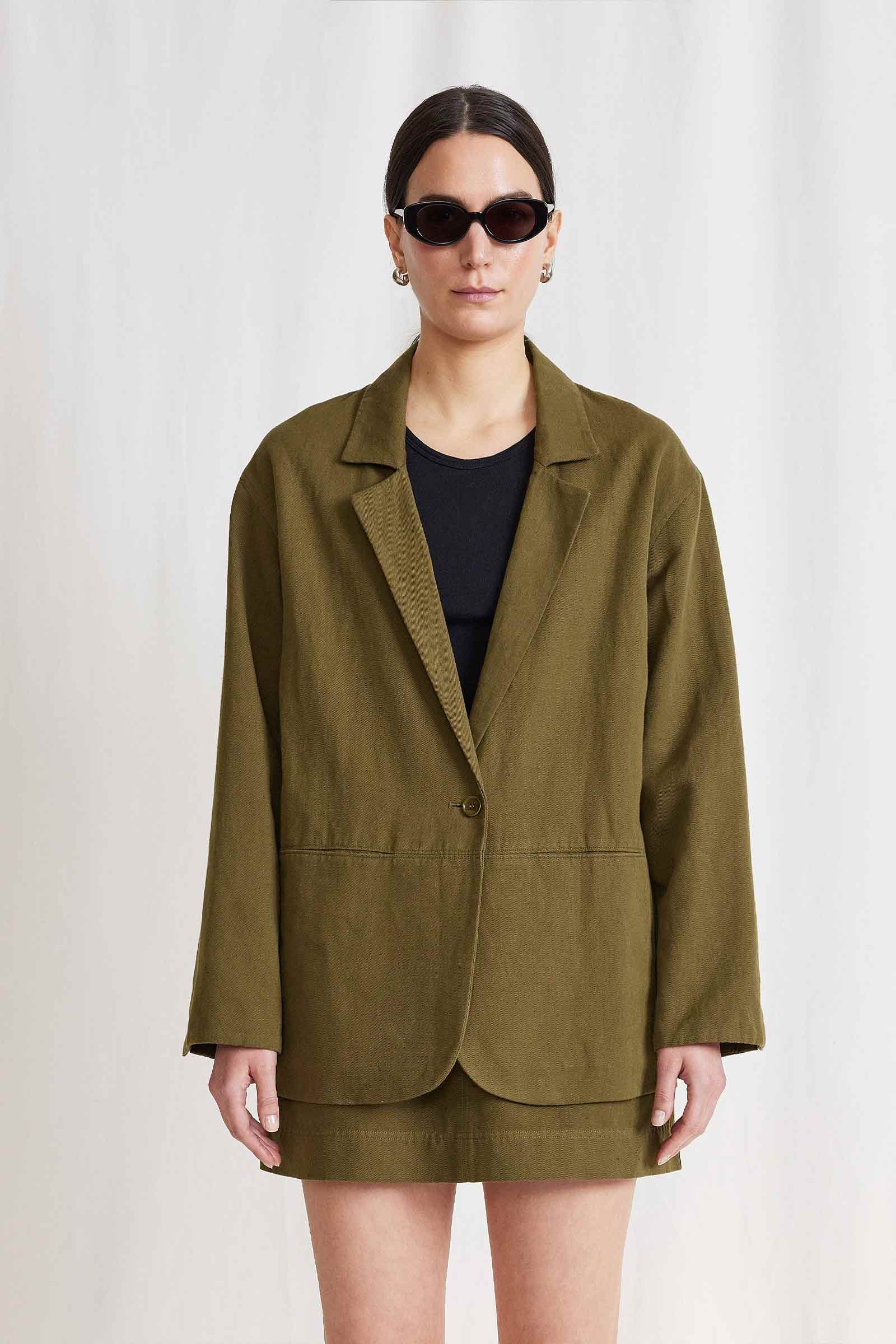

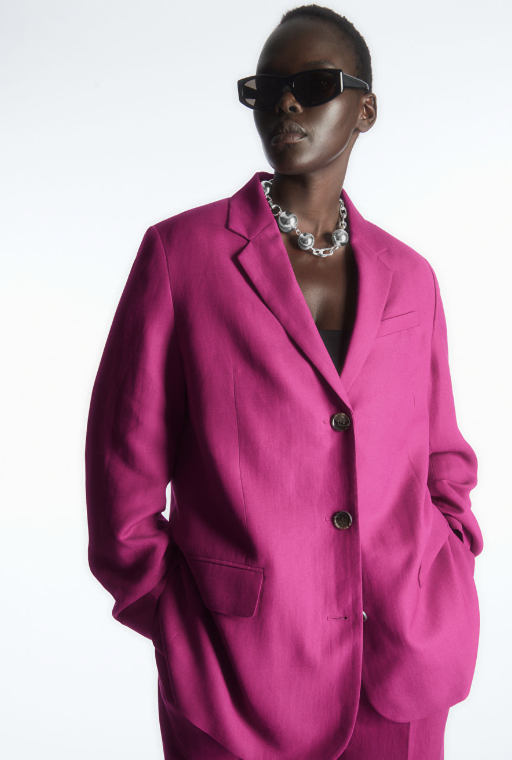

Brands in order by photo: Peachy Den, Paloma Wool, Aprés Studio, Alohas, Hades, Apiece Apart, Monki, Cos, Alex Mill
Sources:Berg, H. "How to Apply the Psychology of Color in Clothing." Dress Magazine, July 24, 2022. https://dress-magazine.com/how-wear/psychology-of-color-in-clothing/ Cuba, A and Murray, G. "Millennial Pink Was No Accident: The Hidden Meanings Behind the Colours You Wear" Refinery 29, September 13, 2018. https://www.refinery29.com/en-gb/fashion-colour-photos“Understanding Colour Psychology in Fashion Design” Hunar, https://www.hunarcourses.com/blog/understanding-colour-psychology-in-fashion-designing/."What is Color of the Year?" Pantone, 2023. https://www.pantone.com/articles/color-of-the-year/what-is-color-of-the-year"A Brief History of the World's Most Hotly Contested Color: Millennial Pink" Girl Boss. https://girlboss.com/blogs/read/what-is-millennial-pink


